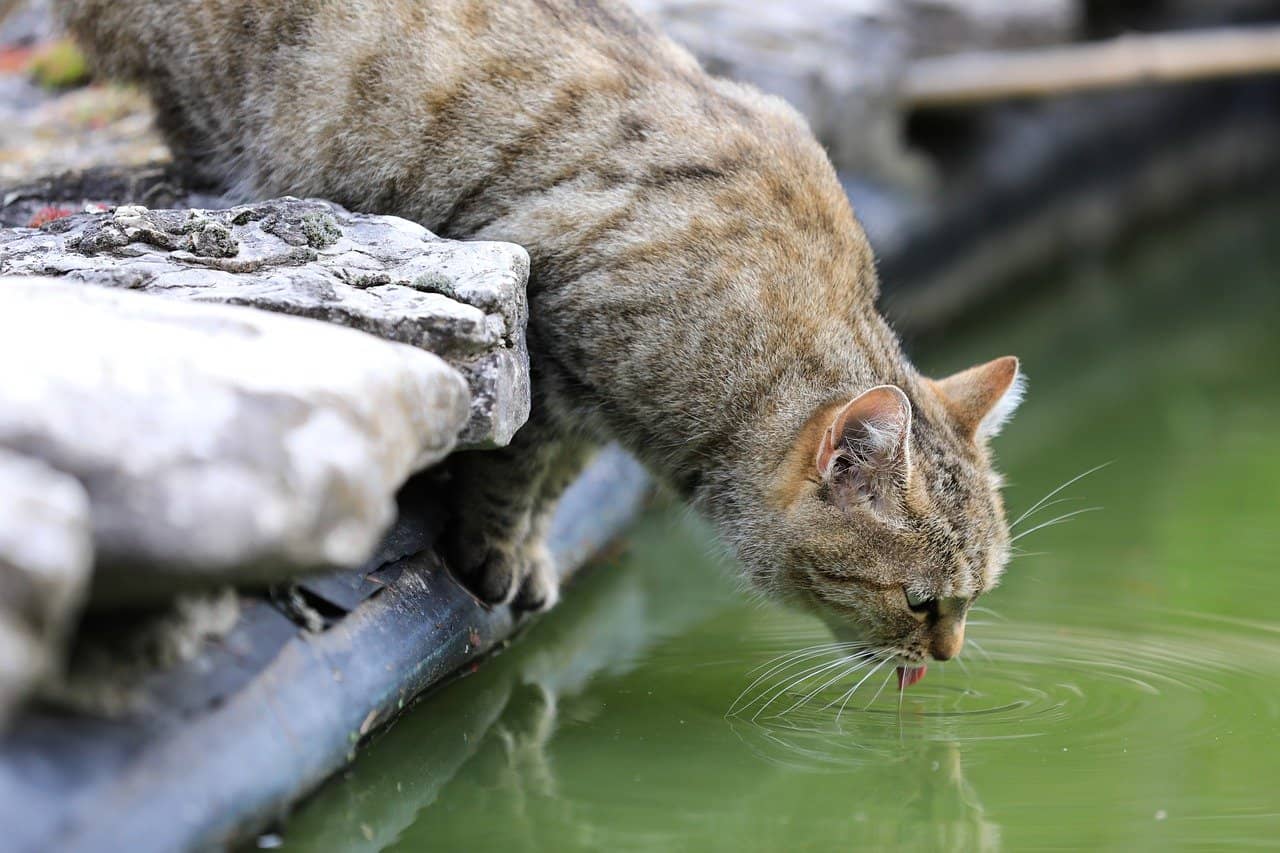
For those people blessed with pussycat partners, we keep in mind that encouraging our cats to consume enough water can occasionally be comparable to solving a complex puzzle. In contrast to our canine counterparts, cats aren’t naturally willing in the direction of ingesting huge amounts of water. But, Cat water consumption is an important issue of their general health and well-being, playing a huge position in stopping urinary tract troubles and kidney ailments.
On this complete manual, we offer 5 resourceful and effective strategies to stimulate your cat water consumption. From progressive cat water fountains to creating the water more attractive, those techniques can assure your cat remains appropriately hydrated, even on your absence.
1) The Magic of Cat Water Fountains
Cats have an inherent fascination for flowing water. A cat water fountain can tap into this curiosity, prompting more frequent hydration. These fountains supply a constant flow of fresh water, enticing cats while simultaneously ensuring 24/7 access to clean water.
When selecting a fountain, consider features such as noise level, ease of maintenance, and durability. Certain fountains come with filters for maintaining water freshness, while others offer adjustable flow settings to cater to your cat’s preferences. The visual appeal and sound of cascading water can be irresistible to felines, making a water fountain a valuable investment for Cat water consumption thing.
2) Incorporate Water in Their Meals
One of the most straightforward ways to enhance your cat water consumption is by integrating water into their meals. Cats on a wet food diet are already receiving a substantial amount of water. However, if they’re on a dry food diet, consider moistening the kibble with a little water.
Begin with a minimum quantity to gauge your cat’s response, and slowly boom it if they seem indifferent to the exchange. This technique can be particularly beneficial for cats who are selective drinkers, as they won’t even take a look at the additional water in their meals. Furthermore, the more moisture can decorate the flavor and simplicity of chewing dry food, an added advantage for senior cats or people with dental headaches.
3) Deploy Multiple Water Bowls Throughout Your Home
Cats have an adventurous spirit, and having several water stations can stimulate their curiosity and encourage greater water intake. Distribute numerous water bowls around your house, focusing on areas where your cat spends most of their time.
Ensure that the bowls are kept clean to make them more appealing to your cat. Cats possess a sharp sense of smell and might be deterred by bowls that aren’t cleaned regularly. Aim to replenish the water at least once daily and wash the bowls frequently to prevent bacterial and algal buildup.
4) Experiment with Various Types of Water Bowls
Surprisingly, the type of water bowl can influence your cat’s drinking habits. Some cats may favor certain materials, such as ceramic or stainless steel, over plastic. Others might be more comfortable with shallow bowls that don’t interfere with their whiskers.
Don’t hesitate to test different types of bowls to discern which one your cat prefers. For instance, some cats prefer drinking from wide, shallow dishes, while others might favor tall, narrow bowls. The key is to monitor your cat’s behavior and adapt accordingly.
5) Enhance the Water’s Appeal
If your cat is particularly choosy about drinking water, consider enhancing its appeal. Adding a dash of flavor to the water, such as a splash of low-sodium bone broth or chicken broth, can persuade your cat to drink more.
Ensure any additives are safe and cat-friendly, and always offer a bowl of plain water as well. It’s crucial to understand that while flavored water can stimulate drinking, it should not substitute fresh, clean water as the primary hydration source.
Is Your Cat Adequately Hydrated?
Assuring your cat remains well-hydrated is important for his or her health and welfare. Cats can turn out to be critically dehydrated inside 2-3 days with out water, so it’s crucial to make certain they may be drinking sufficiently.
Do not forget, each cat is particular, and what works for one may not work for another. It is all about coming across the strategies that resonate high-quality along with your feline companion. And as usually, when you have any issues approximately your cat’s hydration or usual fitness, consult with your vet right now.
Follow us on: Facebook, Twitter, Pinterest, Instagram



